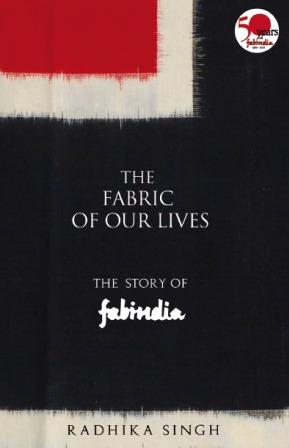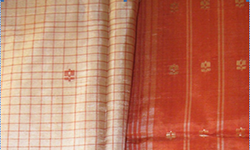
Economics, Entrepreneurship, Business Devt., Sustainability, Sustainable Devt.
The Fabric of our Lives: The Story of Fabindia
Singh, Radhika
September, 2019
Most urban Indians would refer to Fabindia as an iconic Indian retail brand with stores all over the country. The popular perception is that Fabindia sells cotton and silk garments and accessories at good value. Most college students head to a Fabindia store to pick up cotton kurtas, or tunics as the trendy new cuts are called. Young professionals must have a couple of stylish kurta pajamas in their wardrobe for their summer soirees. Foreigners flock to Fabindia to purchase Indian (ethnic) wear, stoles and scarves to gift to their friends ‘back home’.
The question is how did this come about? The company is celebrating its 50th anniversary but over the years there have been no advertisements in the magazines, no blatant brand building on television, no 20-second commercial spots before the main movie.
In 1960 Fabindia Inc. was born as a US trading company with an office in Delhi. It exported beautifully designed and coloured handwoven upholstery fabric and cotton durries. Only the select few Dilli-wallahs who were friends of the family knew that they could furnish their homes with the export reject stock that John Bissell always bought off the weavers so as not to discourage them. The first Fabindia store opened in 1976 in the GK1 market in south Delhi to sell only furnishing fabric and hand-woven durries. For almost 20 years Fabindia was a single retail store in one city and an international trading company. In 2011 there are 138 stores around India, and as many as 11 in some metros. The baton has passed on to the second generation of the Bissell family ...
This is a preview. To access all the essays on the Global InCH Journal a modest subscription cost is being levied to cover costs of hosting, editing, peer reviewing etc. To subscribe, Click Here.



